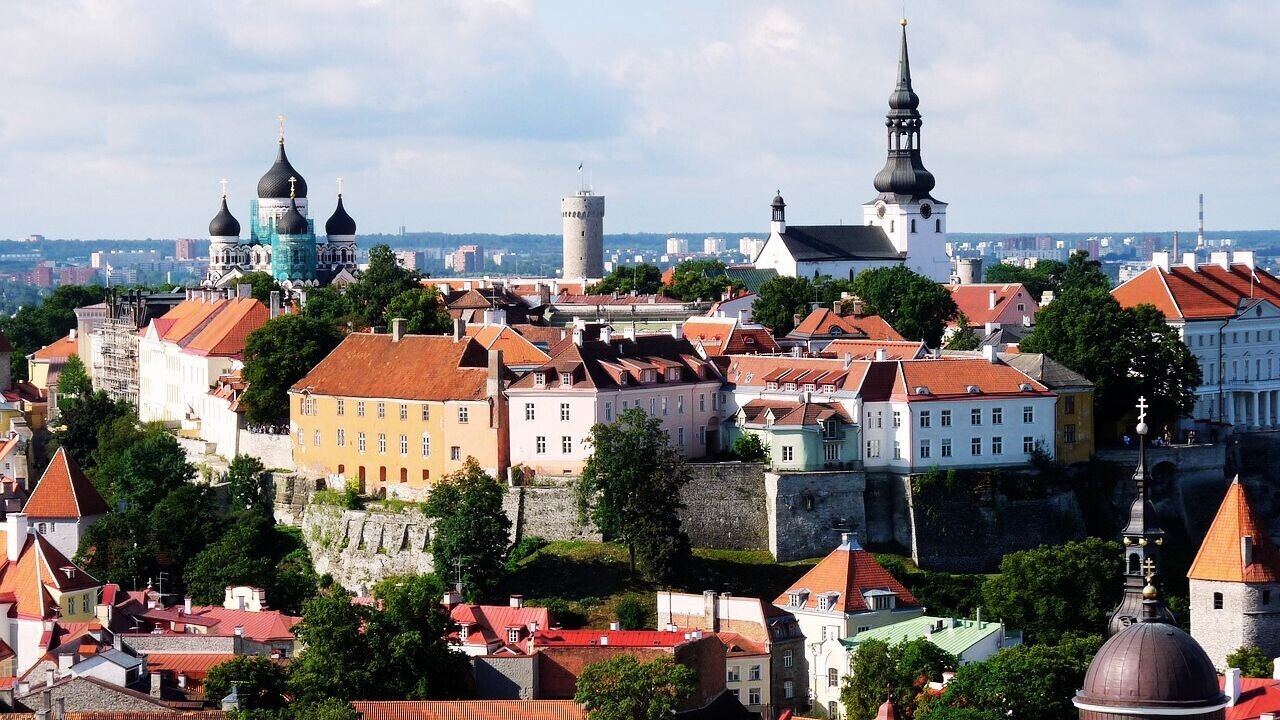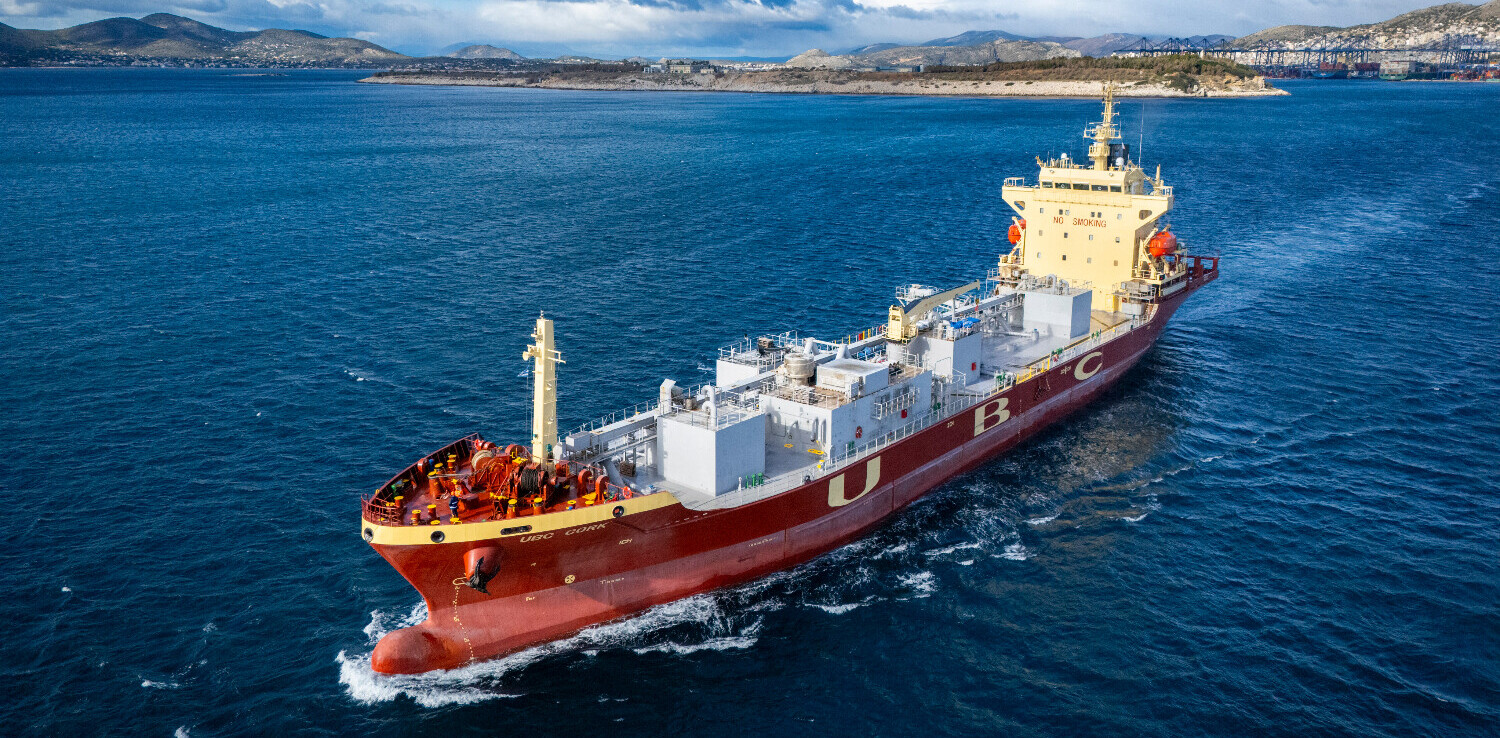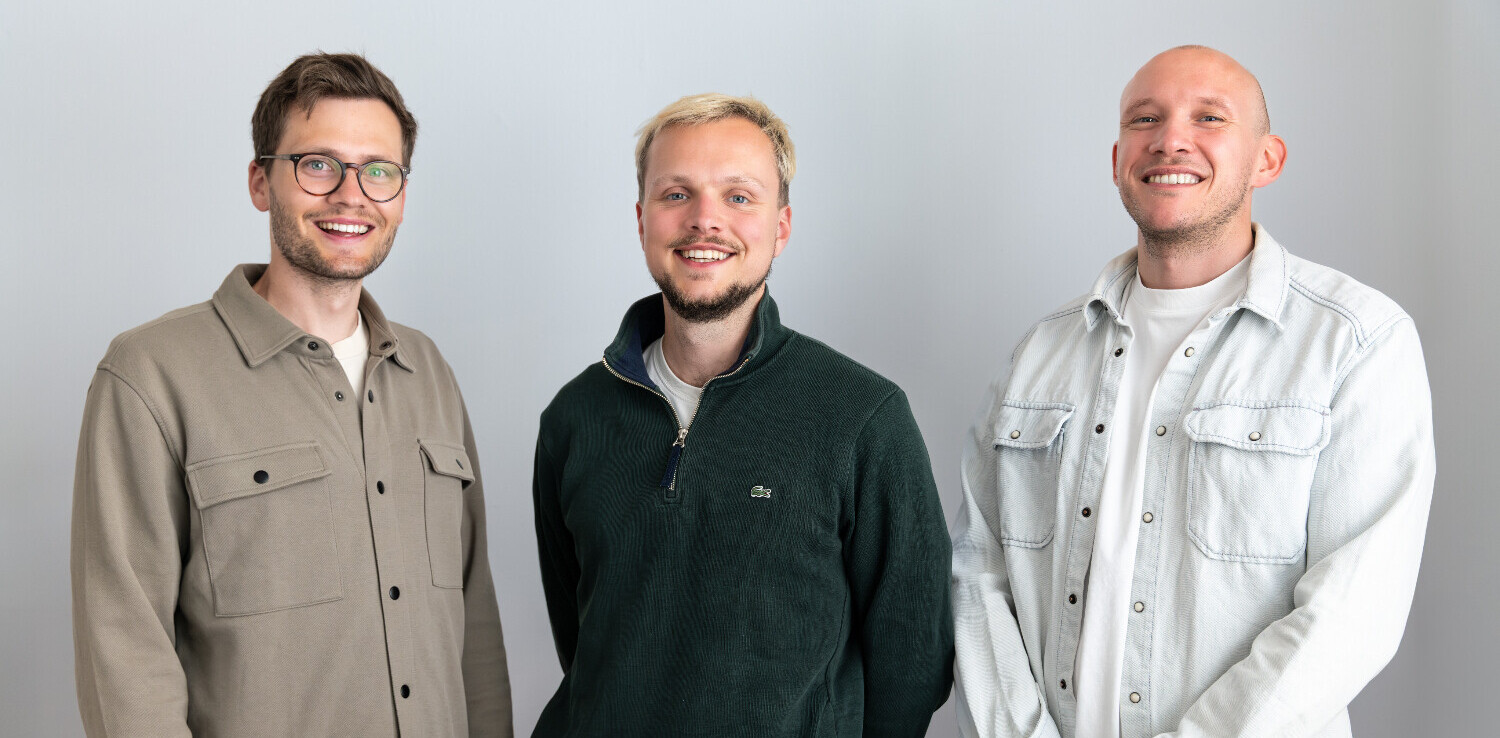
Back in the early 2000s, Estonia was rapidly modernising, shaking off the remnants of Soviet influence. It was ambitiously transforming itself into a digital society with innovations such as e-government and online voting.
And, of course, it gave birth to Skype, the company that would launch the small Baltic nation’s journey towards becoming a startup powerhouse and a “unicorn country.”
Since then, Estonia has established itself as a leader in breeding high-profile software companies, such as Bolt and Wise. Now, it’s aiming to become a deeptech hub, accelerating the development of research- and science-based entrepreneurship.
Deeptech in Estonia is still relatively young. As many as 70% of the companies have emerged over the last five years.
Nevertheless, the sector is growing quickly. In 2023, deeptech startups reached a record €227.2mnin turnover — a 14% increase from the year before. They also raised €394mn, rising from €254mn the previous year.
Towards a deeptech hub
The Estonian government’s vision is for deeptech companies to account for about 30% of the country’s total startup volume by 2030. This translates into 500 deeptech startups — up from 132 in 2023.
One key component of Estonia’s action plan is to facilitate further access to funding, mainly in the form of grants and angel investment, especially for early-stage businesses.
Another is boosting entrepreneurship within academia with dedicated courses for students. Equally important is ensuring a smooth spinout process.
According to Sten Tamkivi, early executive at Skype and partner at VC firm Plural, the Tallinn University of Technology (TalTech) and the University of Tartu have both taken active steps in the past years.
“They have created their own venture arms and they have made sure that the spinout IP and equity process is easier,” Tamkivi tells TNW.
A third component are the their startups themselves — and their ability to turn scientific advancements into commercial products.
Cosmic rays for 3D scanning
Tallinn-based GSCAN is using muon tomography for 3D scanning and chemical composition analysis.
Muons are subatomic particles that make up half the cosmic radiation reaching the Earth’s atmosphere.
GSCAN collects muons with its proprietary detector technology, which combines the use of AI to measure the flux of muons when penetrating an object, to create 3D visualisations, and analyse the materials.

“This is a platform technology that you can use everywhere, much like X-ray tomography,” Andi Hektor, co-founder and chief strategy officer at the startup and former researcher at CERN, tells TNW.
According to Hektor, muon tomography offers significant advantages over X-rays. Firstly, it has the ability to penetrate very large objects and provide information about the chemical composition of materials. It’s also safer for humans and the environment, as muons are a result of natural radiation.
One of GSCAN’s focus areas is non-destructive testing (NDT) for the built environment. NDT helps evaluate the properties of a material or structure for potential defects without causing damage.
Hektor provides an example.
“The world is full of old bridges, buildings, and tunnels made of reinforced concrete. Reinforced concrete has a finite lifetime and inside these structures there are metals subject to corrosion.”
“Understanding what’s happening inside these structures is vital both for safety and economic reasons,” he says.
GSCAN counts multiple projects so far, including the scanning of two old nuclear reactors for their safe decommissioning process.
Alongside the built environment, the startup is also using its technology for customs and security applications.
In March, GSCAN raised a €3mn seed round from investors including Bolt’s founder Markus Villig. This brought the total amount raised since its founding in 2018 to €5.1mn.
Green carbon nanomaterials and graphite
A spinout from the University of Tartu, Up Catalyst transforms CO2 emissions into green carbon nanomaterials and graphite.
The startup’s technology extracts CO2 from waste biomass and flue gases from heavy industry emitters. It then converts it into green carbon with a process called molten salt electrolysis.
“We’re essentially electro-transforming carbon dioxide gases into carbon nanomaterials,” Apostolos Segkos, head of development at Up Catalyst, tells TNW.
The startup’s first goal is to achieve price parity with traditional carbon sources. Its second is to reduce dependence on fossil fuel-based carbon, while minimising the environmental impact of raw material production.
According to Segkos, Up Catalyst’s mission aligns with the EU’s objectives for the energy transition and the need for securing a reliable (and ideally domestic) supply chain of critical raw materials.
“Graphite, among other key carbon products, is considered a critical material by the EU, especially as we import about 99% of it, which mostly comes from China.”
Graphite is a key component of EV batteries, which typically contain between 50kg and 100kg of the material.
For their part, carbon nanomaterials are valuable additives in energy generation and storage devices, including batteries, fuel cells, and solar cells.

In July, Up Catalyst received a €2.36mn funding boost to accelerate the development of a pilot industrial reactor.
According to the startup, the reactor will be able to produce 100 tonnes of CO2 per year, which can deliver 27 tonnes of green carbon materials.
Up Catalyst spun out from the University of Tartu in 2019.
“We had a good success case because we managed to fully transfer the IP from the university to the company,” Teele Niidas, the startup’s CMO, tells TNW.
Despite some “difficult bits” of negotiation, the spinout process was “fairly easy,” Niidas says.
“I think everyone [in the Estonian ecosystem] realises that science-based startups have a big future if they are indeed supported by academia.”
Harnessing nanotech for wound dressing
Another startup in the field of nanotech is Nanordica Medical, which has developed an antibacterial wound dressing.
A spinout from Estonia’s National Institute of Chemical Physics and Biophysics (NICPB), the startup sought to create a more effective solution for bacterial wound infections. These affect approximately 100 million people worldwide, including those suffering from diabetes.
“Mainstream wound dressings use silver,” Olesja Bondarenko, Nanordica’s CEO tells TNW.
“Silver has good antibacterial properties. But the problem is that it also has side effects and can lead to impaired wound healing.”
Following research, the team discovered that the key lied in combining silver with copper nanoparticles.
“We found that they amplify each other, while reducing adverse effects,” Bondarenko says.
Nanordica’s dressing works by attracting the bacteria and inactivating their effect, which enables tissue regeneration and wound healing. The Tallinn-based startup says the solution offers 8x better treatment compared to standard care products.
The company has already run a small clinical trial in Estonia with 30 diabetic patients suffering from food ulcer. Results were promising, with the wound dressing showing twice as fast healing compared to a commonly used silver alternative.
Nanordica plans to confirm these findings with an upcoming larger trial and expects to get approval by the EU’s health regulator this year.
Following the intended commercialisation of its wound dressing by 2025, the company will aim to expand its range of antibacterial products.

Nanordica recently raised €1.75mn from VC investors. In the first years after its founding in 2019, it relied on funding from the founders and grants from EIC, Enterprise Estonia, and the NICPB — from which it bought the IP.
According to Bondarenko, software has historically dominated investor interest.
“But now, I think there is a real transformation,” says Bondarenko.
“There is more and more understanding that science-based deeptech is very important. And the same investors that were focusing on software are now considering different possibilities.”
“The chances are very high that we will soon see unicorns in healthtech, and deeptech in general.”
Get the TNW newsletter
Get the most important tech news in your inbox each week.




